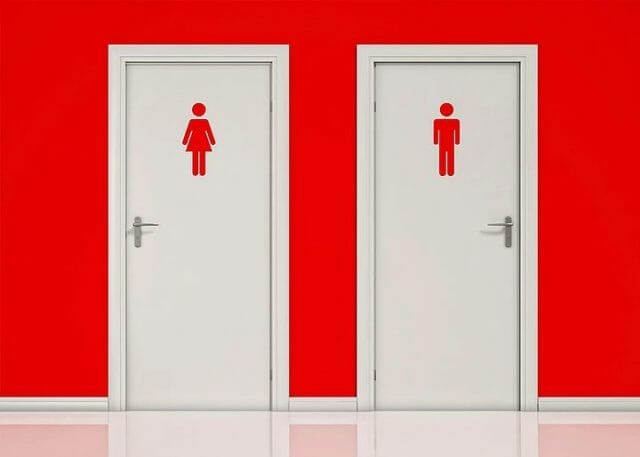
The goal of the study, published in the December issue of Applied and Environmental Microbiology, was to better understand how communities of bacteria and viruses can shift in these very public places across a couple of months.
They checked two women’s restrooms and two men’s restrooms (a high-traffic and a low-traffic bathroom for each gender). The bathrooms were thoroughly cleaned at the study’s start with bleach solution, which killed any existing germ communities.
Then, during the following hours, days, weeks and months of human use, the researchers periodically swabbed soap dispensers, floors and toilet seats in all four restrooms for microbe samples. Because some microscopic organisms won’t grow in petri dishes (especially those evolved for life in the human gut), the researchers used genetic sequencing technology to get a more comprehensive roll call.
Within one hour of sterilization, the bathrooms were completely recolonized with microbes — just as plants rapidly arrive and populate a newly emerged island. Fecal bacteria dominated, including on toilet seats and on soap dispensers — about 45 percent of the bacteria there were of fecal origin.
In all, the scientists found genetic traces of more than 77,000 distinct types of bacteria and viruses. (At least some of those species were likely dead or dormant, the scientists add; genetic testing detects them all, whatever their status.)
Patterns of regrowth and succession, as some species waned and others replaced them, were surprisingly similar from bathroom to bathroom; within just five hours the population mix in each room stabilized.
When the team tried growing cultures from different surfaces in each room, they found one set of live bacteria in overwhelming abundance: Staphylococcus.
Having a healthy community of good — or even just neutral — microbes can crowd out the bad ones. As we’ve learned from using broad-spectrum antibiotics in the human body, “sterilization is not necessarily good,” he says. “Bacteria come back right away, and they might come back perturbed. Maybe a restroom is an ideal place to put in a rich, ideal ecosystem.”
Does that mean probiotic cleaning products for your bathroom? Companies are already working on that, Gilbert says.
In the meantime, his take-away from the findings: “It’s good to have good hygiene. Don’t lick the bathroom floor.”
#RestroomHorrorStories #HygieneServices #DiseasePrevention #Germs #Bacteria #RestroomHygiene

